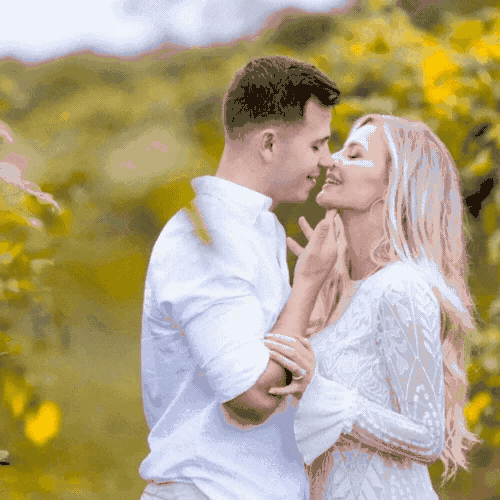Wildlife Photography Tips And Tricks For INCREDIBLE Safari Shots

Vanessa Joy is a wedding photographer and educator helping photographers grow profitable businesses. She also loves exploring photography beyond weddings—sharing tips from her travels so photographers can expand their skills and portfolios.
If you’re a photographer wanting to capture incredible wildlife photos—whether on an African safari or in your own backyard—this guide is for you. The problem we’re solving? How to get sharp, well-composed wildlife shots with the right gear, camera settings, and editing workflow.
The Magic of Wildlife Photography in Kenya
On my recent trip to Kenya’s Maasai Mara, I photographed everything from majestic lions to roaming elephants. Wildlife photography is about more than having a good camera—it’s about knowing how to work with light, movement, and patience to tell a story.
Best Camera Gear for Wildlife Photography
Camera Bodies:
-
Canon EOS R5 or R6 – Fast, reliable, and perfect for tracking moving animals with high resolution.
Lenses:
-
Canon RF 100-500mm f/4.5-7.1L IS USM – Ideal for zooming in on distant animals while maintaining sharpness.
-
Pro Tip: If you’re on a budget, rent a lens instead of buying.
Camera Settings for Wildlife Photography
-
Shutter Speed: At least 1/1000s; faster for birds in flight.
-
Aperture: Wide open (f/4–f/6.3) for subject isolation and light intake.
-
ISO: Auto ISO capped at 3200 to keep noise manageable.
-
Focus Mode: Continuous autofocus (AI Servo/AF-C) to track moving subjects.
Editing Wildlife Photos with Nik Software
Post-processing can make your wildlife images stand out:
-
Color Correction: Adjust white balance for natural tones.
-
Contrast & Detail: Use Color Efex Pro for clarity without over-processing.
-
Noise Reduction: Dfine 2 helps reduce noise in high-ISO shots.
-
Sharpening: Sharpener Pro enhances fine details in fur and feathers.
Extra Safari Photography Tips
-
Use a beanbag or monopod to stabilize shots in a moving vehicle.
-
Shoot in burst mode to increase your chances of catching the perfect moment.
-
Respect wildlife—maintain a safe distance and never disturb animals.
-
Take advantage of golden hour for dramatic, flattering light.
Why the Maasai Mara is a Photographer’s Dream
Kenya’s Maasai Mara offers one of the richest wildlife ecosystems in the world. Between July and October, you can witness the Great Migration—thousands of wildebeest and zebras crossing the Mara River. It’s a bucket-list experience for any photographer.
Final Takeaway
Wildlife photography is about patience, preparation, and respect for nature. With the right gear, camera settings, and post-processing techniques, you can create breathtaking images no matter where you are.
Are you ready to stop guessing and start growing your photography business with proven strategies?
My Mastermind program is designed for photographers who want to scale, find freedom, and build a business they truly love. Inside, you’ll get personalized coaching, step-by-step guidance, and the community support you need to thrive.
See if it’s the right fit for you: https://www.breatheyourpassion.com/photo-insiders-mastermind-optin
Want my Lightroom Presets? Here's your way to the shop: https://vanessajoy.samcart.com/products/the-complete-editing-bundle























